The Pros and Cons of Waterproof Vinyl Plank Flooring for Your Bathroom Remodel
A bathroom remodel is your chance to refresh a space that gets plenty of use. Because it’s a high-moisture environment, many people become laser-focused on finding materials that can handle splashes, humidity, and changing temperatures.
If you’re replacing your floors along with tiles and fixtures, you’ve likely come across sheet vinyl and vinyl tile. While both are waterproof and durable, they’re seen as budget-friendly rather than high-end.
But that perception has changed with vinyl plank flooring.
Originally popular for its realistic wood look—far more convincing than plastic laminate—vinyl plank now comes in styles that mimic ceramic, porcelain, and even natural stone.
Before you settle on waterproof vinyl plank for your bathroom remodel, it’s worth digging into the upsides and the possible downsides. In this post, we’ll break down everything, so you can make the best decision for your home.
The Basics of Waterproof Vinyl Plank Flooring
Waterproof vinyl plank flooring (often called waterproof luxury vinyl plank flooring) is a multi-layered synthetic material designed to look like real wood or stone. It typically has a rigid core for strength, a printed design layer, and a protective top layer that resists scratches and moisture.
Unlike traditional vinyl sheets or tiles, bathroom vinyl plank flooring comes in long, plank-like pieces that snap together. This makes it more realistic and easier to install.
Pros of Waterproof Vinyl Plank Flooring for Bathrooms
1. 100% Waterproof
The biggest selling point of waterproof vinyl plank bathroom flooring is right there in the name—it’s completely waterproof. You won’t have to worry about water damage from spills, splashes, or even the occasional overflowing sink. Vinyl handles moisture much better than real wood, which can warp or swell when it gets wet.
2. Looks Like Real Wood (or Stone)
The average cost to install natural stone tile is $1,970, though the price can go up as high as $6,500. Luxury vinyl plank gives you the same aesthetic at a fraction of the cost. You can also choose stone-look planks that offer the style of marble or slate without the hefty cost.
3. Soft and Comfortable Underfoot
Tile and stone can be unforgiving under your feet, especially early in the morning. Bathroom vinyl plank flooring is softer, and some brands include an attached underlayment for extra cushion. You can step out of the shower in comfort—even on chilly days.
4. Easy to Install
If you’re into DIY projects, installing vinyl plank flooring in a bathroom is much less stressful than cutting and setting tile or working with hardwood. Many versions snap together with a click-lock system, so you can put it right over your existing floor.
5. Low Maintenance
Waterproof vinyl plank flooring for bathrooms typically needs just a quick sweep or a light mop to stay clean. Since it resists mold and stains, you won’t have to break out heavy-duty cleaners—mild soap and water are usually enough to keep it looking great.
6. Resistant to Scratches and Wear
Bathrooms tend to see plenty of traffic. Many brands of luxury vinyl plank flooring include a wear layer that stands up to scratches, daily foot traffic, and items that get dropped. You can expect it to hold its own for quite a while.
Cons of Waterproof Vinyl Plank Flooring for Bathrooms
1. Can Feel Less Luxurious
While luxury vinyl plank flooring does a solid job imitating real wood or stone, it’s not the actual material. Some people notice the difference when they walk on it or look closely. If you want a truly high-end vibe, natural materials might fit your style better.
2. Can Suffer Damage from Heavy Items
Even though bathroom vinyl plank flooring is durable, it’s not indestructible. A heavy piece of furniture or a dropped object (like a hair dryer) can dent or scratch it. Tile or stone may stand up to that kind of weight or impact better.
3. Needs a Smoother Subfloor
For vinyl plank flooring in a bathroom, you want a level and even subfloor. If the floor underneath has dips or bumps, the planks might not lock together well, causing gaps or shifting over time. In some situations, you may need extra prep work to even things out first.
4. May Fade Over Time
Strong, direct sunlight can fade bathroom vinyl plank flooring. Although this might not be a concern in most bathrooms, it’s worth thinking about if you have a large window or skylight that brings in a lot of light.
5. Not as Eco-Friendly
Compared to natural options like hardwood or bamboo, luxury vinyl plank flooring generally isn’t as friendly to the environment. Most vinyl floors use synthetic materials that don’t break down easily in landfills. On the upside, certain manufacturers do include recycled content to reduce their overall impact.
6. Water Can Slip Through the Seams
Sloppy installation can leave tiny gaps between the plans where water seeps through. Over time, that could lead to mold or mildew underneath. Hiring an experienced contractor or sealing the edges well can lower this risk.
| Pros | Cons |
| 100% Waterproof: No worries about spills or splashes. | Can Feel Less Luxurious: Lacks the authentic feel of wood or stone. |
| Looks Like Real Wood/Stone: Affordable style mimicking expensive materials. | Can Suffer Damage from Heavy Items: Prone to dents or scratches from heavy objects. |
| Soft and Comfortable Underfoot: More comfortable than tile or stone. | Needs a Smoother Subfloor: Uneven floors may cause gaps or shifting. |
| Easy to Install: DIY-friendly with click-lock installation. | May Fade Over Time: Direct sunlight can cause color fading. |
| Low Maintenance: Easy to clean, no heavy-duty cleaners needed. | Not Eco-Friendly: Less sustainable compared to natural materials. |
| Durable: Resists scratches and wear from foot traffic. | Water Can Slip Through Seams: Poor installation could allow water seepage. |
Factors to Consider Before Making the Call
Bathroom Traffic and Usage
Think about how much traffic your bathroom sees every day. Vinyl planks might be suitable in a busy household. But in a low-traffic bathroom, you might not need that level of water resistance.
Subfloor Condition
Check the condition of your subfloor before installing anything new. A good foundation means your waterproof vinyl plank will perform well. An older bathroom that has had leaks in the past could present hidden problems.
Budget and Long-Term Goals
Price is a major factor for many remodels, and vinyl plank tends to be more affordable than hardwood or stone tile. That said, you’ll see a wide pricing range depending on thickness, brand, and design.
Decide whether you want a longer warranty, a thicker wear layer, or a luxury look. Spending a bit more upfront can lead to fewer headaches later.
Final Thoughts
Waterproof vinyl plank flooring is an excellent choice for many bathroom remodels. It’s stylish, affordable, and easy to maintain—but not perfect.
Ultimately, the best flooring for your bathroom depends on your priorities. If comfort, cost, and ease of installation matter most, vinyl is a strong contender. If you’re aiming for a high-end look, go for something more classic, like tile.
No matter what flooring you choose, installation is everything. Lifespan Home Improvement’s experts can make sure your new floors look great and hold up for years.
Contact us now to schedule a consultation and kick-start your next project.
We beat any competitor by $100.
Get your free quote!
Recent articles
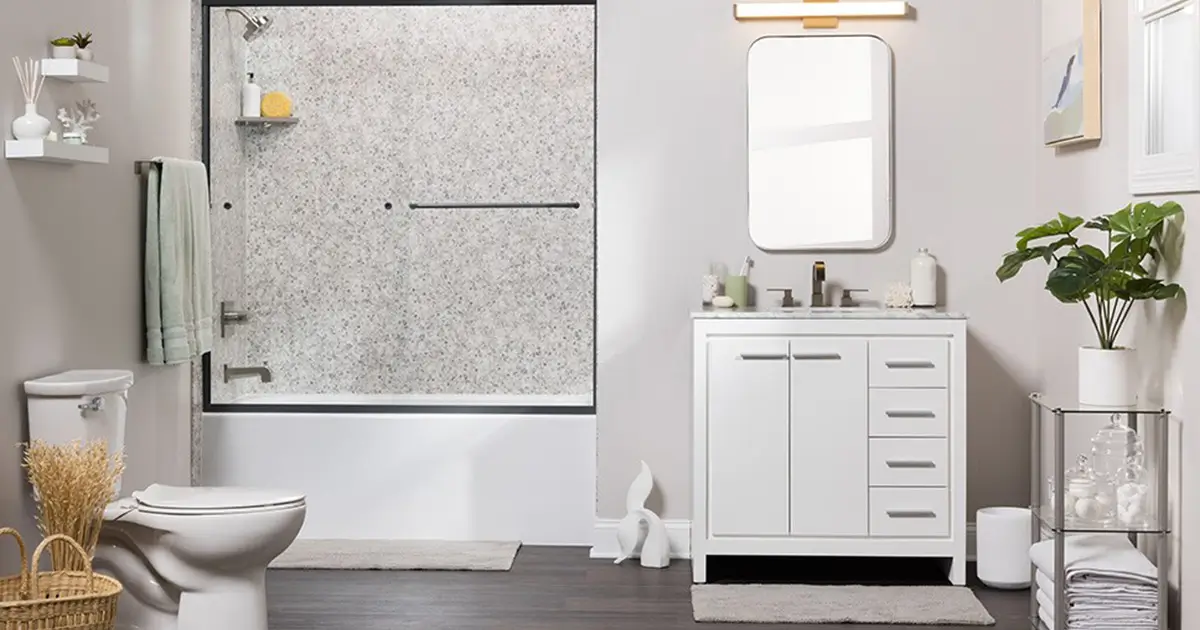
What is the Best Time of Year to Remodel a Bathroom?
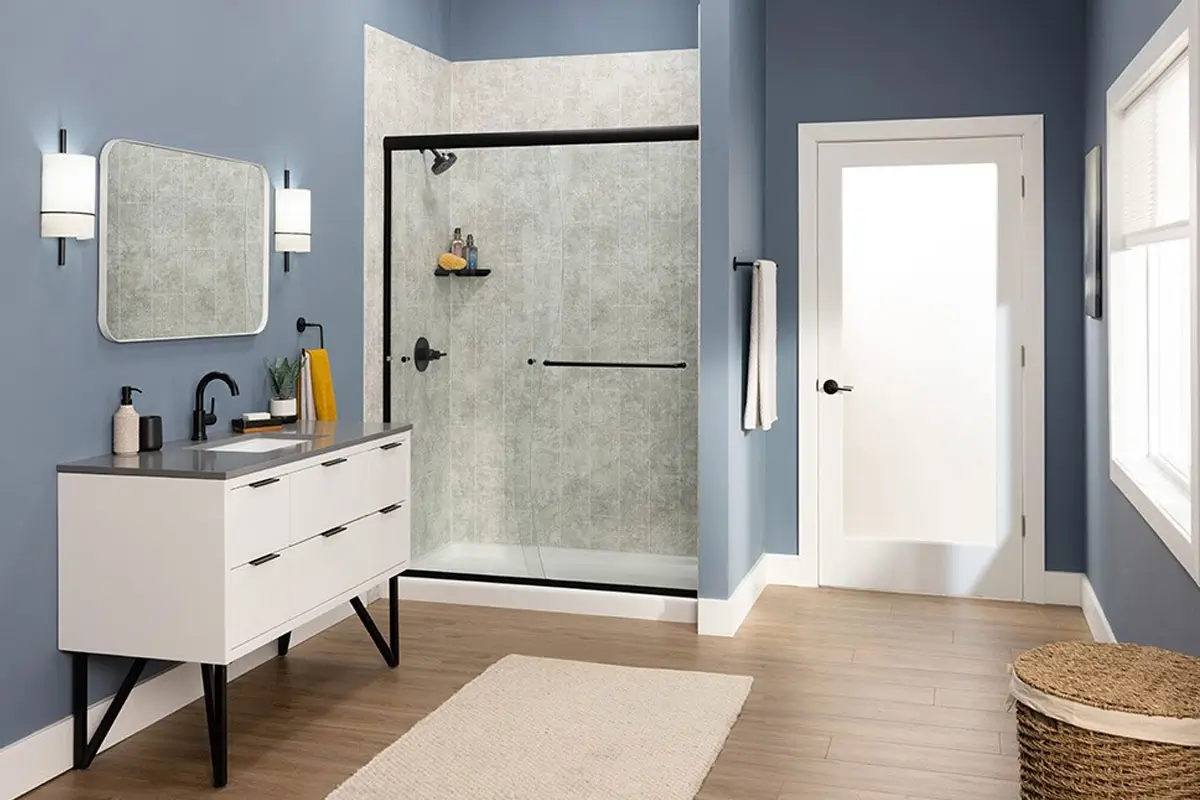
Do’s and Don’ts of a Bathroom Remodel
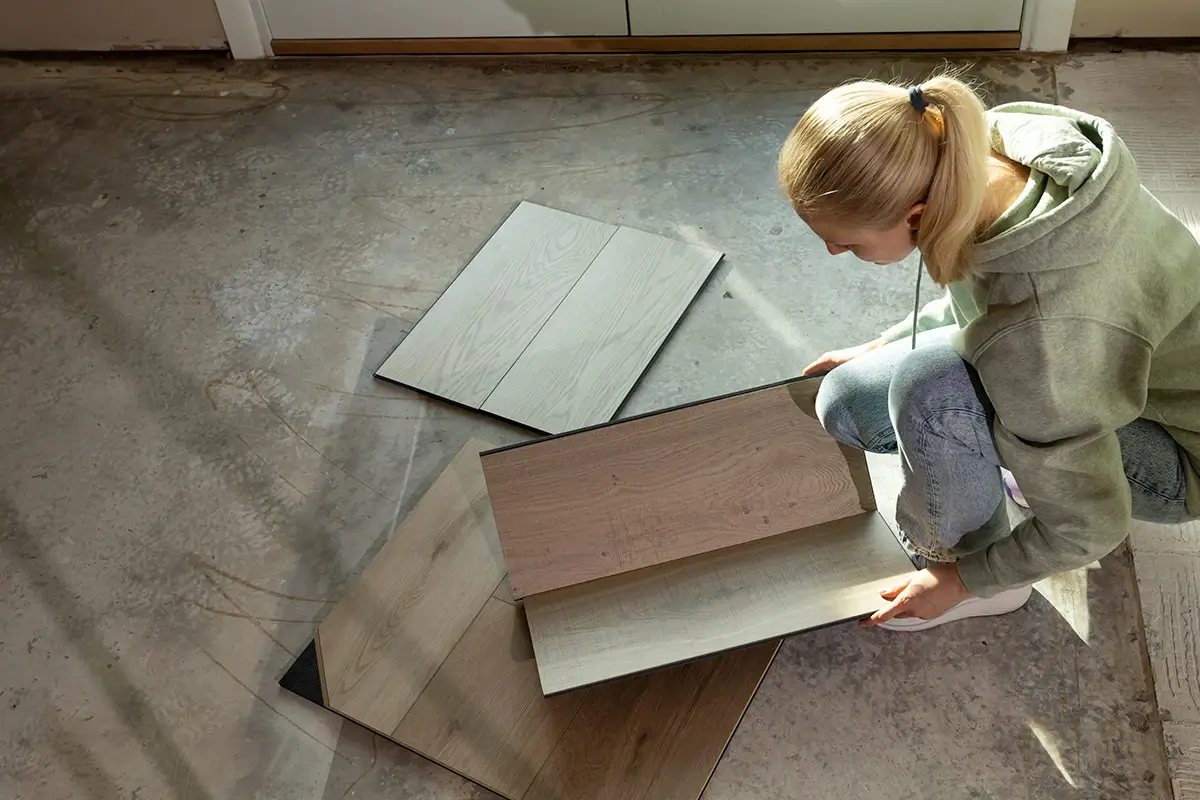
The Pros and Cons of Waterproof Vinyl Plank Flooring for Your Bathroom Remodel
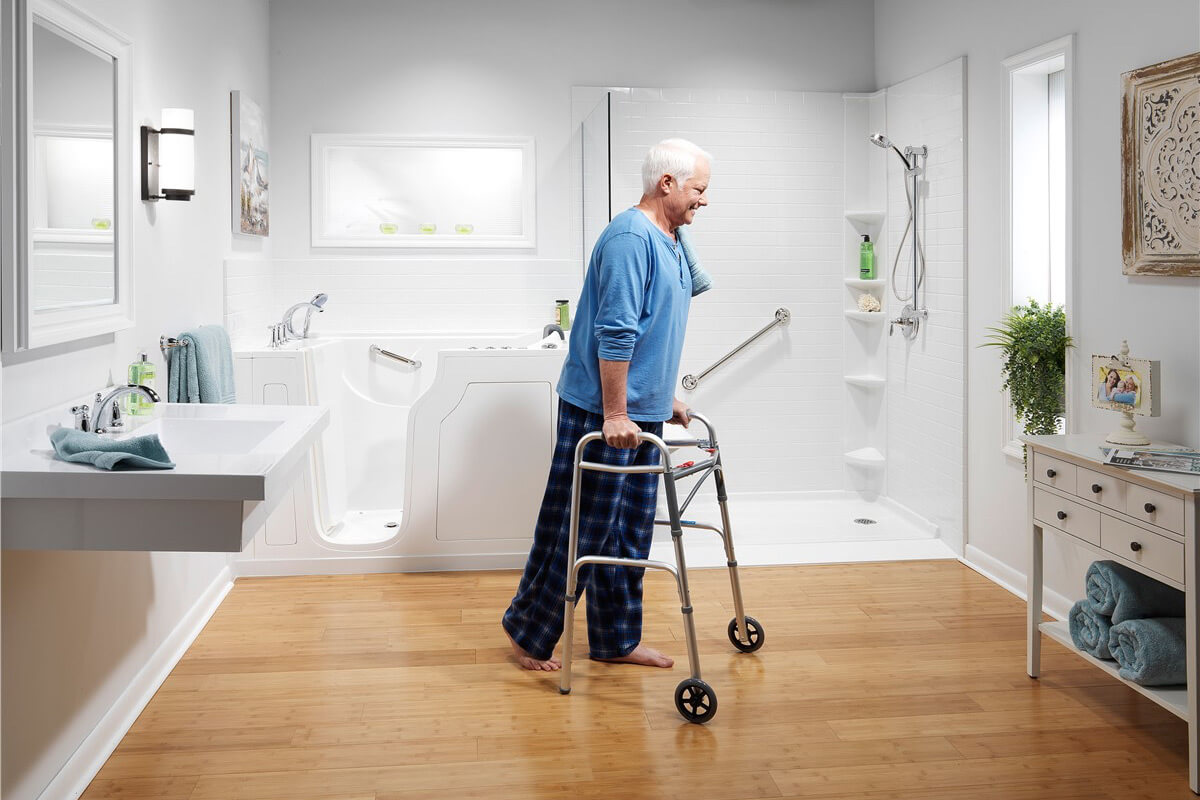
What Are the Pros and Cons of a Wet Room?
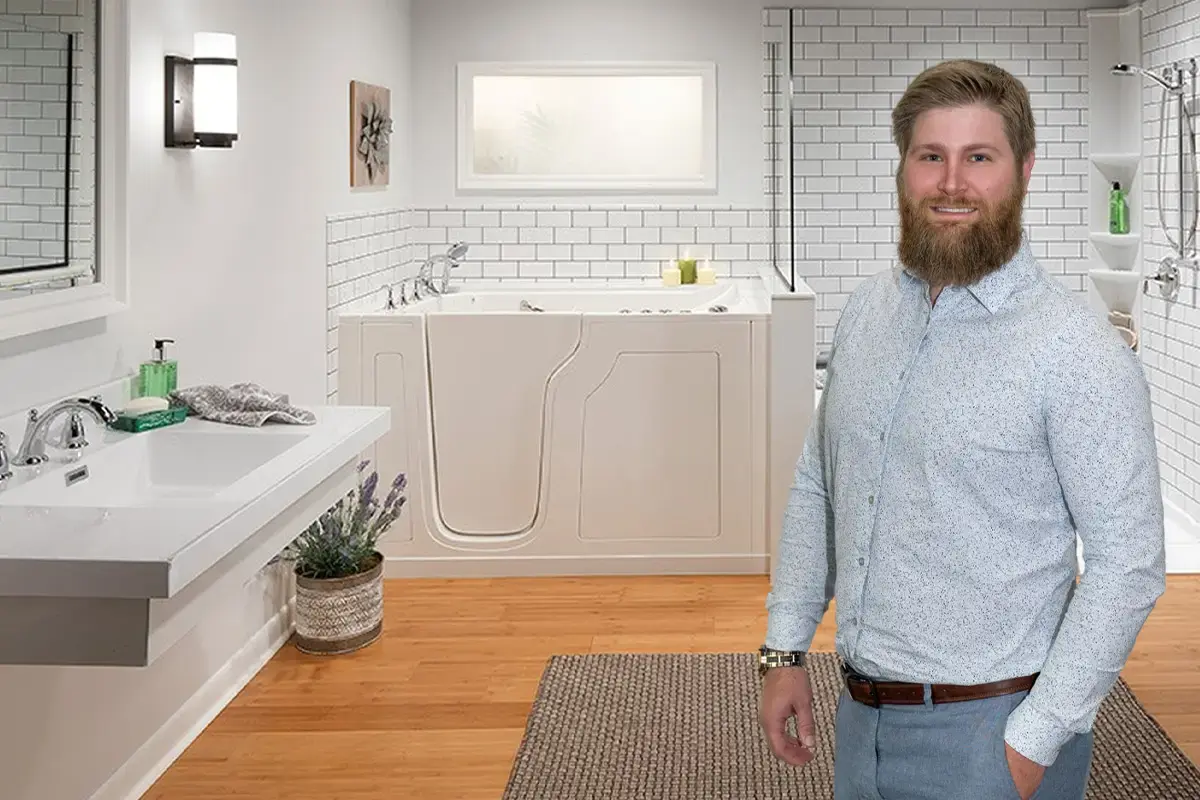
Shower Doors vs. Shower Curtains: Which is Right for You?
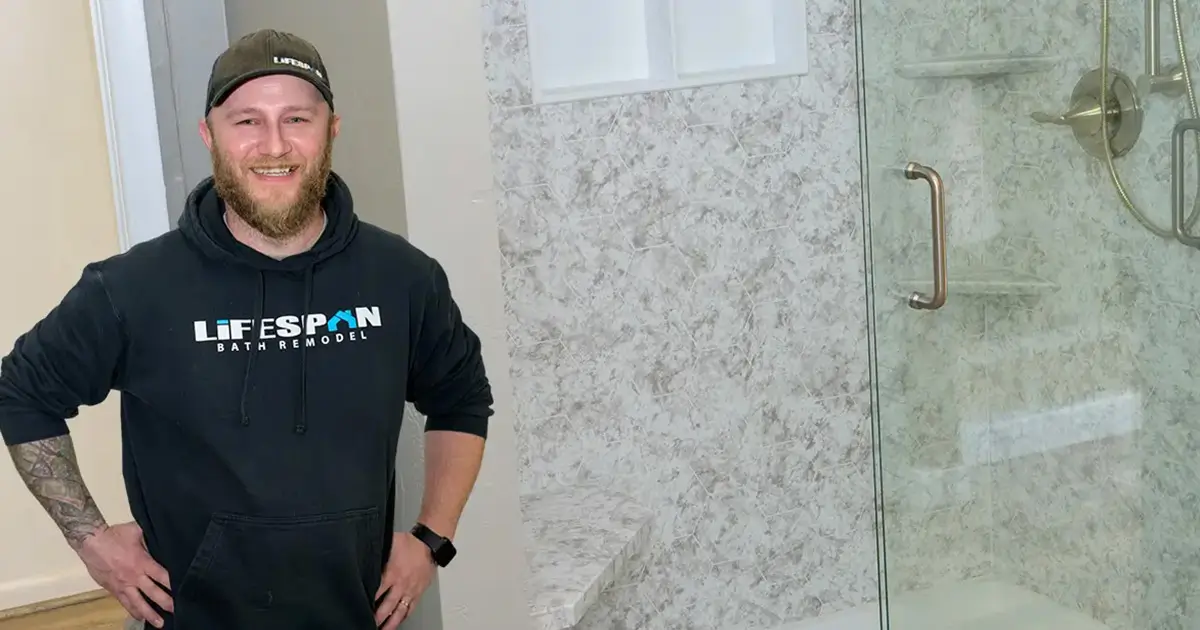
How to Make Your New Bathroom Easy to Clean by Design
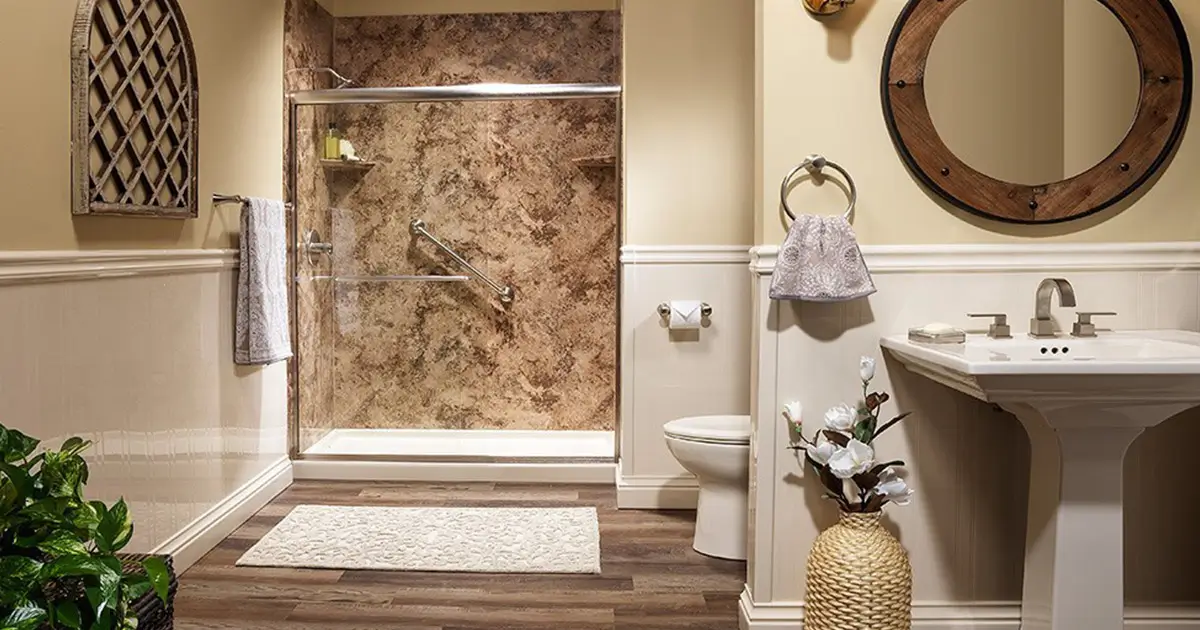
Bathroom Remodeling Tips for Aging in Place: Practical Tips
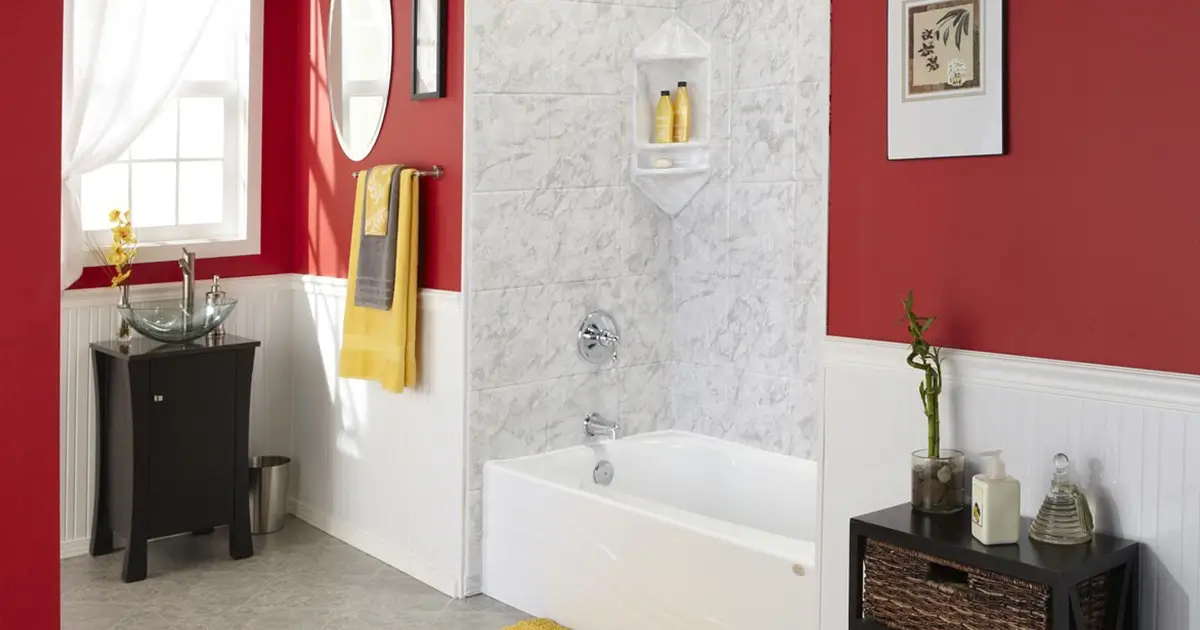
15 Tips for Incorporating Storage in Modern Bathroom Designs
Related Posts
What is the Best Time of Year to Remodel a Bathroom?
You’ve finally had it with the outdated tile, the leaky faucet, and the lack of storage. It’s time for a bathroom upgrade. Good...
Do’s and Don’ts of a Bathroom Remodel
Bathrooms might be small, but they’re tricky to nail down. You’ve got tiles, faucets, tubs, and more—all needing to fit just right. Then...
The Pros and Cons of Waterproof Vinyl Plank Flooring for Your Bathroom Remodel
A bathroom remodel is your chance to refresh a space that gets plenty of use. Because it’s a high-moisture environment, many people become...
